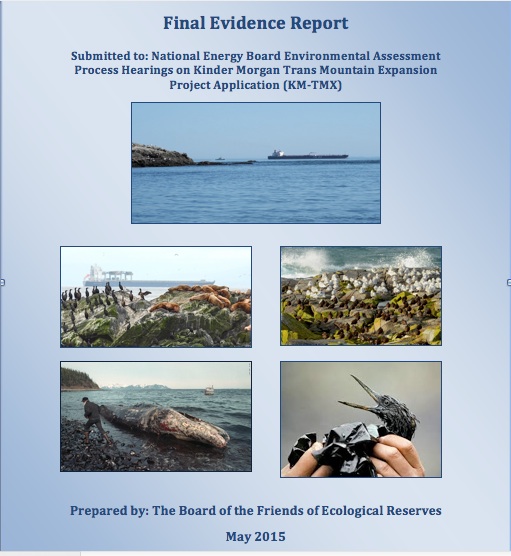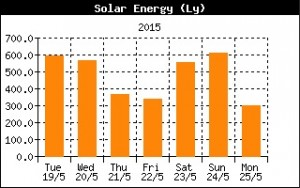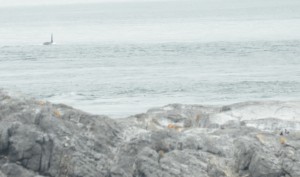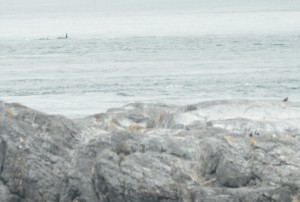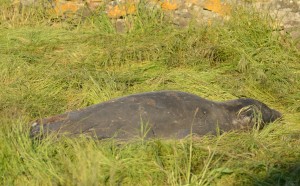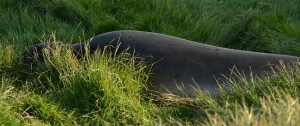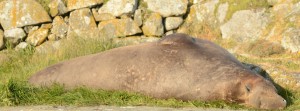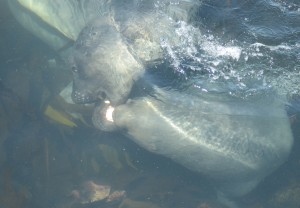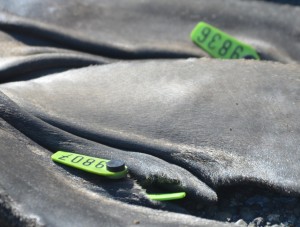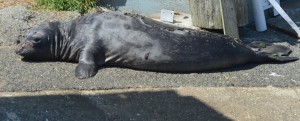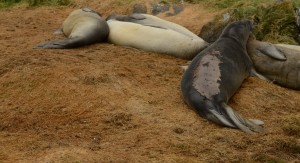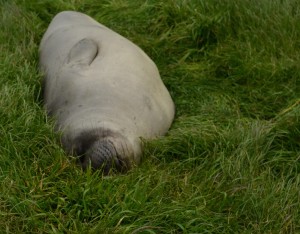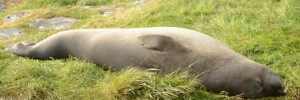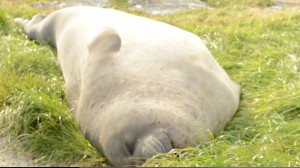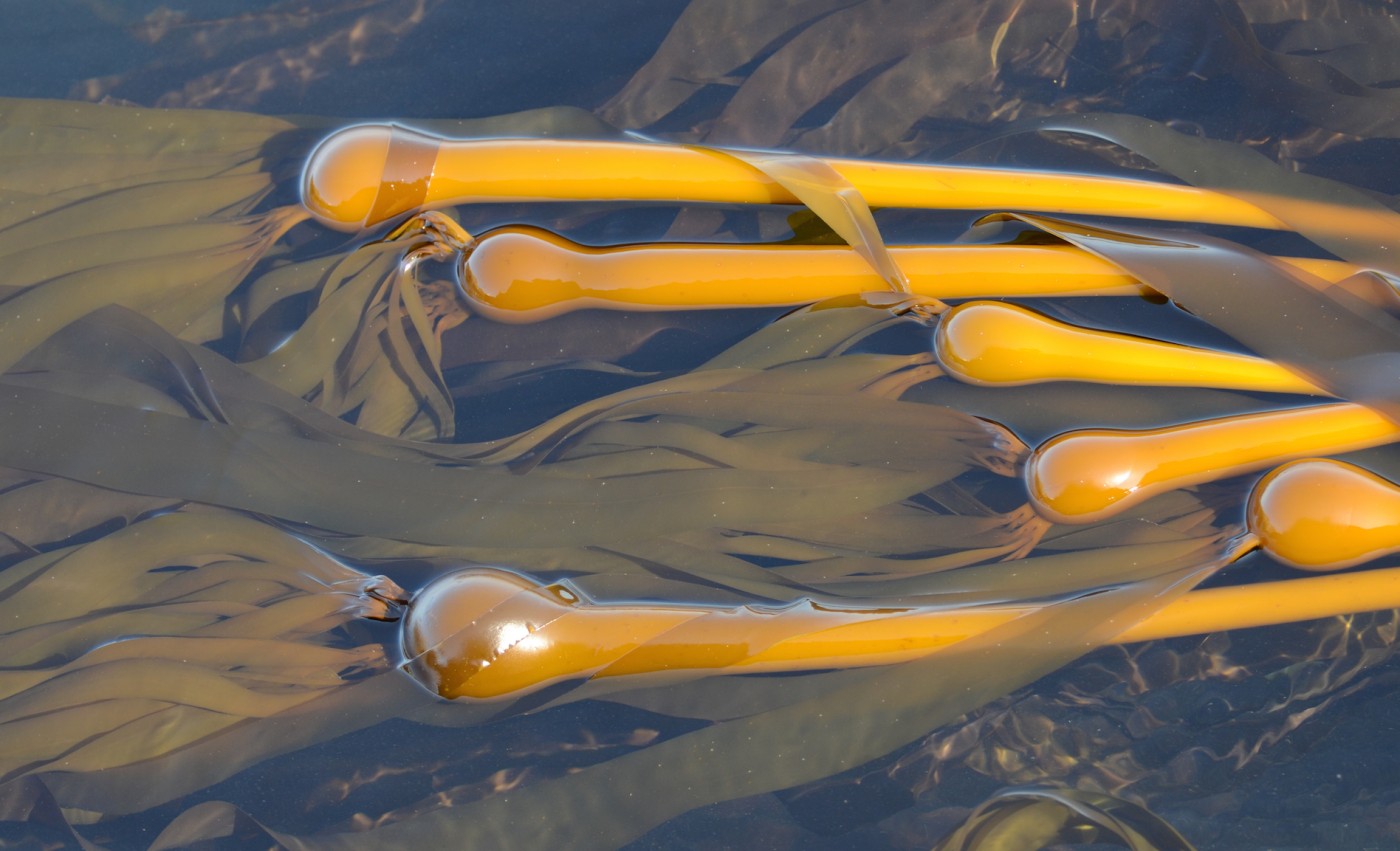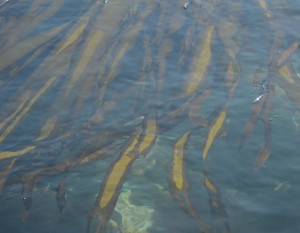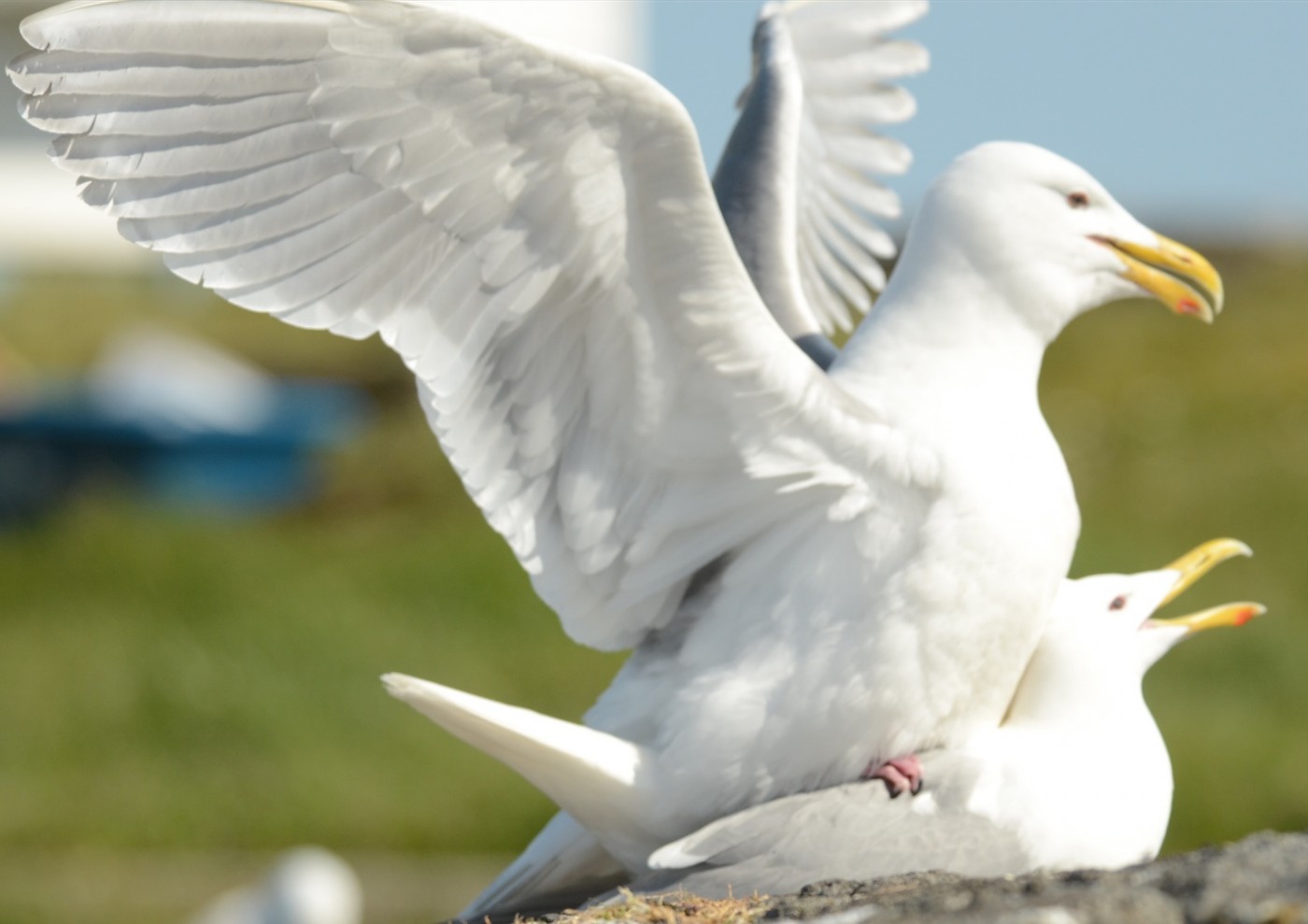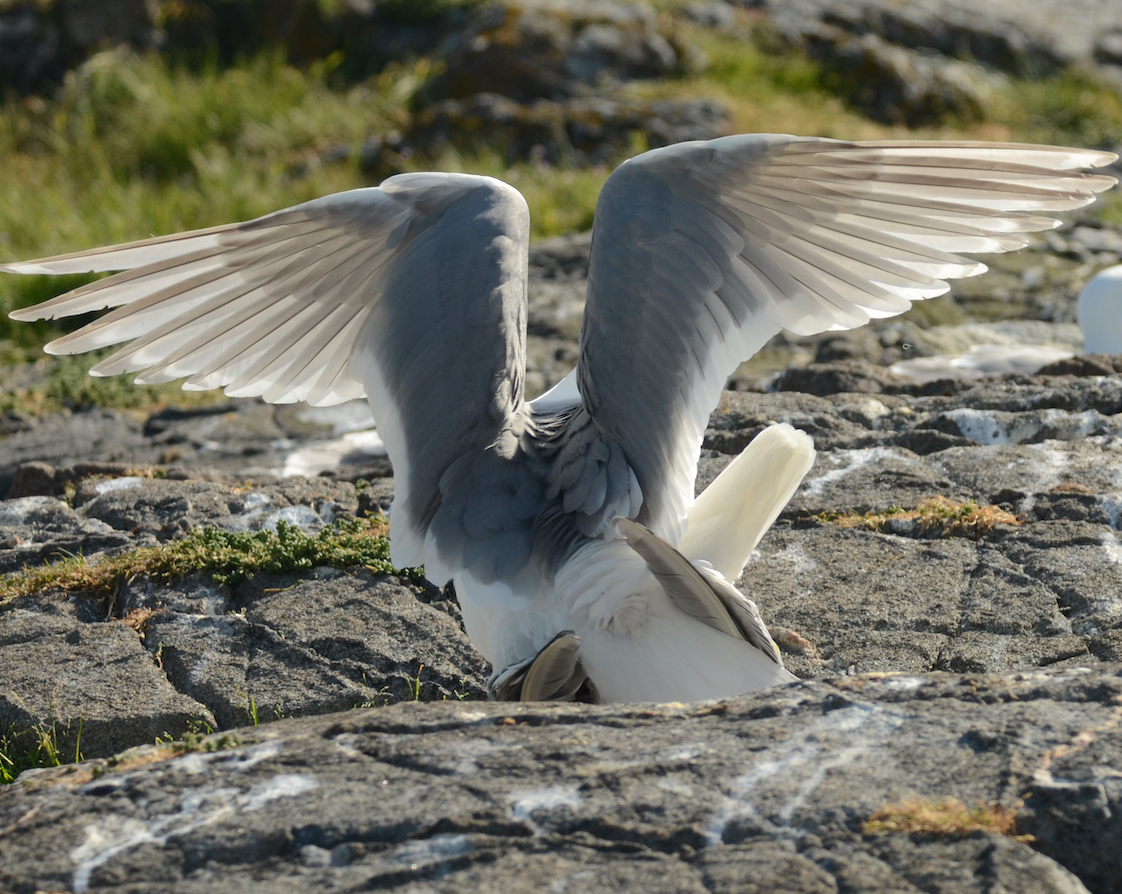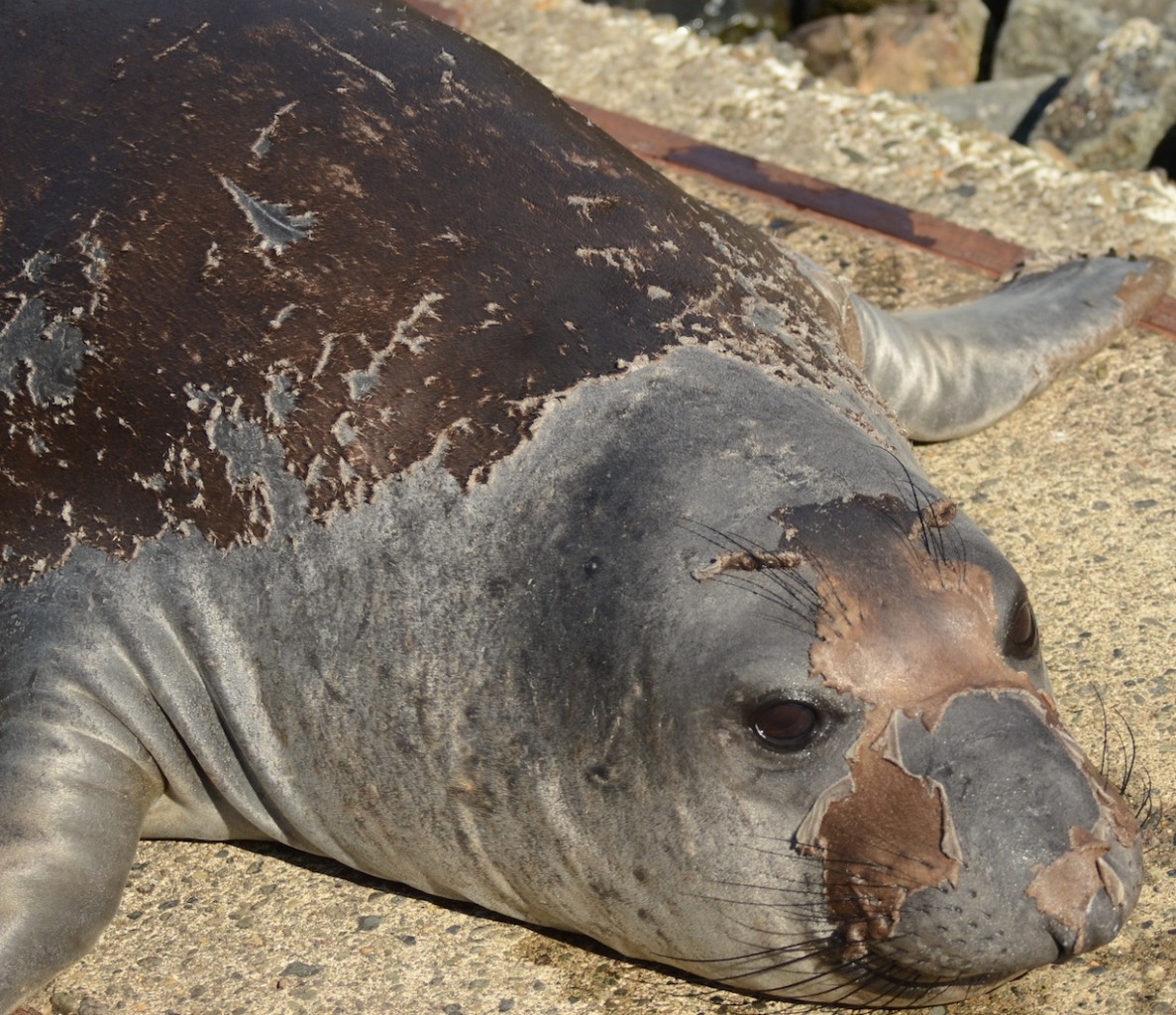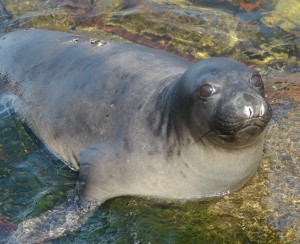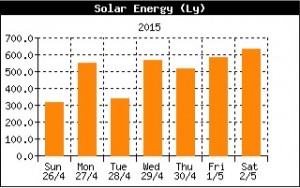The east-northeast breezes that came with dawn, soon turned to west-southwest and became light winds by early afternoon. The early morning sky was quite hazy with smoke and “marine air”. A gale warning was in effect today and when the wind picked up to 20 knots in the late afternoon it cleared the haze temporarily, but then the “marine air” (with brown tinges) thickened and started to feel like a chill fog. The wind rose to 30 knots in the evening. The rising barometer leveled off for the afternoon then started dropping. The usual forecast continues.
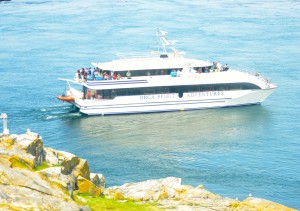
I was surprised that a vessel of this size would use Middle Channel but she was well driven, slowly and carefully.
It was a busy Saturday on the water and a parade of whale watching boats came through the Ecological Reserve to observe the usual cast of characters. A total of 20 commercial whale watching boat visits to the Ecological Reserve were observed today. All but one of these vessels took their time while in the ER, minimizing potential impact on wildlife by driving slowly.Their passengers probably saw more that way. The one vessel that seemed a bit pressed, just had a momentary lapse and dropped his speed after clearing away from a sports fisher also observing.
Some of the vessels that came through Middle Passage seemed a mite large. One of the smaller, open vessels took the passage between Great Race and South Islands. There really isn’t much room in there and there are a lot of animals in the water and on the rocks of that narrow passageway. Not a good practice, nor is it really following the regulations or guidelines.
A few sports fishers came through the reserve to have a look at the animals and they also drove slowly and kept their distance. There were several rental boats in the Ecological Reserve today, all but one behaving. One rental packed with people sped right through the “rockpile”, not slowing for wind, current or Ecological Reserve. A dive charter from Ogden Point dove a couple of sites in the Ecological Reserve today, All very calm and professional.
The Northern Elephant Seal moult continues with most animals sleeping in a pile and making the trek to the water at least once a day for a soak and a swim.
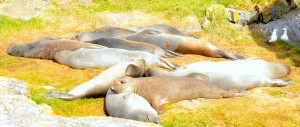
Waking up en masse one seal at a time.
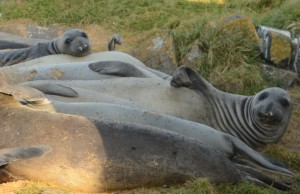
Some of animals are starting to look like their skin is a bit too big for them,
The little female A114 came back today. She is in terrible shape with many open sores, continuously bleeding on the ventral side, which leaves trail of blood and she is often shivering or maybe it is trembling? She smells really awful, perhaps not long for this world, or is it just a super radical moult? I think it is pathological.
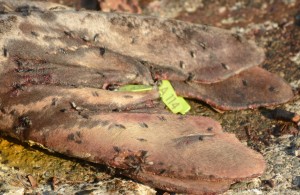
This little female, A114/ A473, has serious skin problems. More than just a radical moult.
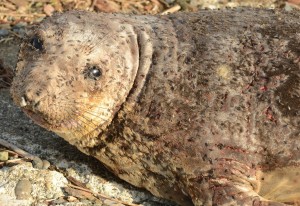
The flies covering her are called kelp flies but they seem to thrive on elephant seal body fluids.
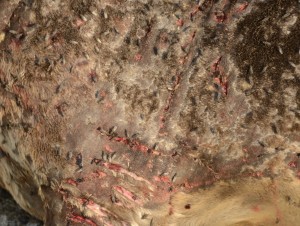
Where the skin folds above the foreflippers, the folds have become open cracks.
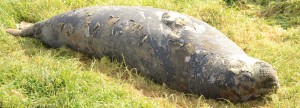
Psoriasis Sister looking fairly healthy (in spite of the moult), compared to A114.
Out of the ~20 animals observed closely, there are three with the ‘more than a radical moult look’; two females and a male. Earlier, I confused A114 and the “Psoriasis Sister”. I now know they are very different animals of different size. A114, the smallest is definitely the worst for wear with her gouges, deep cracks and ventral bleeding. All of these animals keep to themselves (separately) and have not been seen sleeping in the skin to skin “pile” with the healthy looking, very social seals.
Pairs of Pigeon Guillemots, Black Oystercatchers and Glaucous-winged gulls are mating. Three pairs of Canada Geese are walking their goslings, successful broods of eight, six, four and three. There seem to still be two pairs who have not nested and the other six pairs are still incubating.
There were no visitors and chores were routine.

